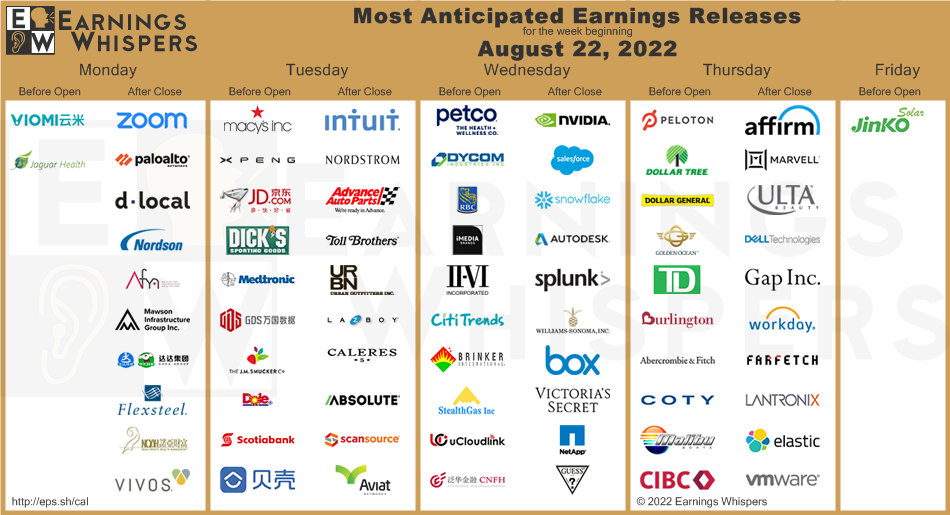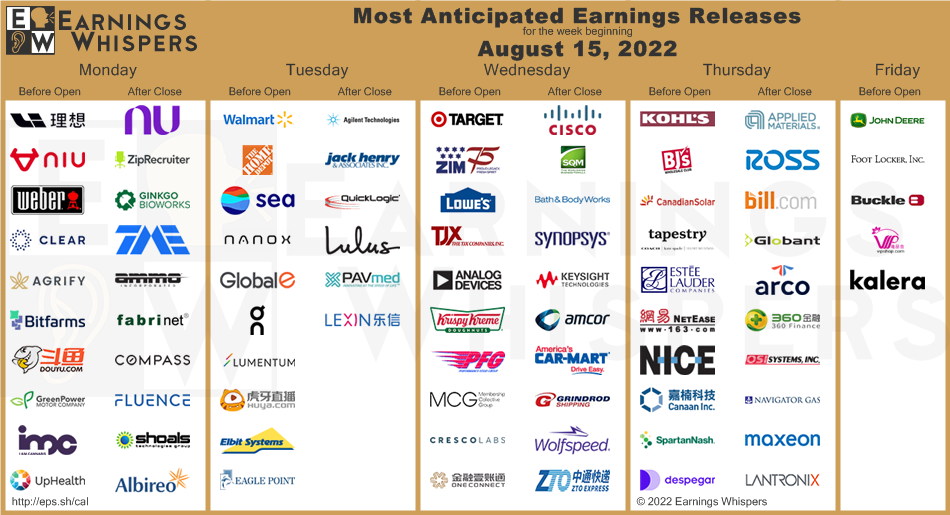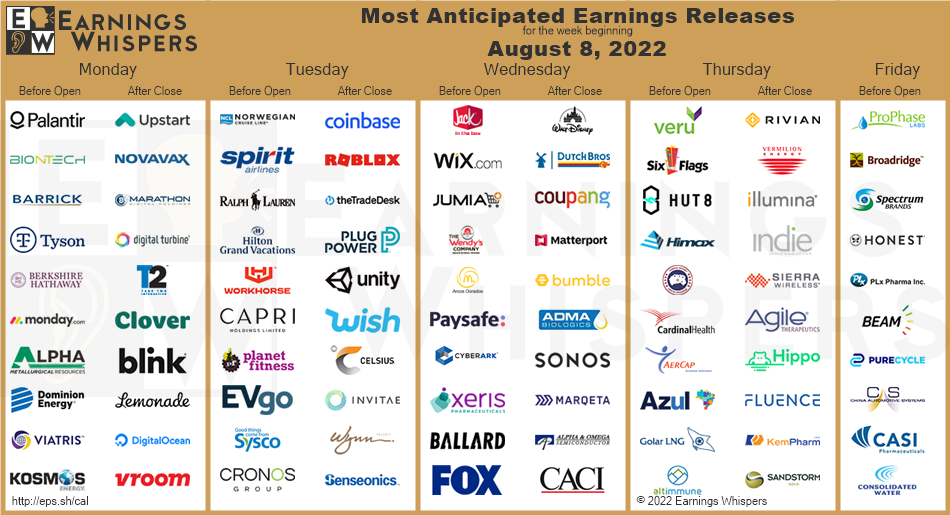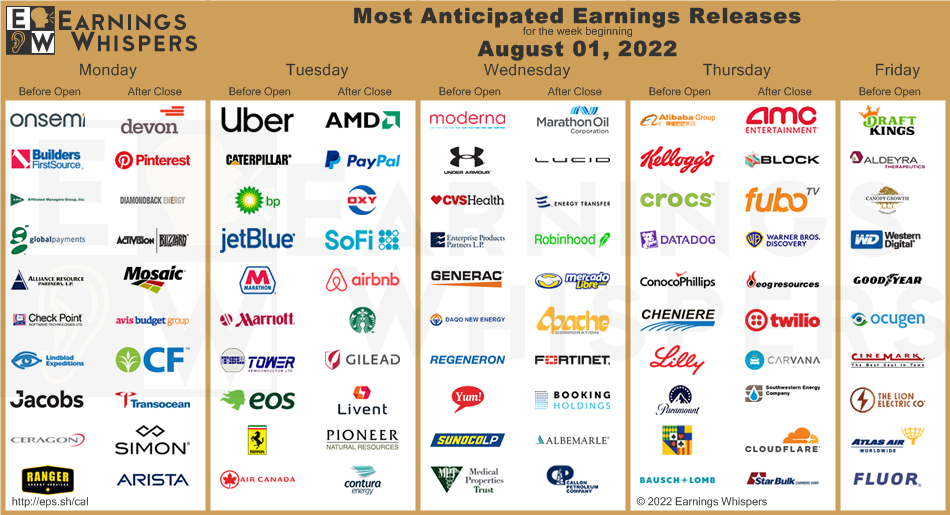Week of Aug 25, 2022 Weekly Recap & The Week Ahead
Monday, August 29th, 2022“You don’t need to trade often. If you can catch one or two moves to the targets during the day with good size, you can make a good living and keep trading costs down” — unknown
1. Covid-19 Booster Campaign Is Expected to Launch Next Month — the Biden administration has completed plans for a fall Covid-19 booster campaign that would launch in September with 175 million updated vaccine doses provided to states, pharmacies and other vaccination sites.
The administration is procuring the doses, which drugmakers are updating to target the newest versions of the virus. The administration has also informed states, pharmacies and other entities they can begin preordering now through the end of August, according to the administration’s fall vaccination planning guide.
2. Biden’s Student Loan Forgiveness Plan to Cancel Up to $20,000 in Debt for Millions — President Biden will forgive up to $20,000 in federal student loan debt for tens of millions of Americans, a move that will provide unprecedented relief for borrowers but is certain to draw legal challenges and political pushback. Following more than a year of internal debate, the president said Wednesday that he will cancel $10,000 in federal student loan debt for borrowers making under $125,000 a year or couples making less than $250,000 a year. In addition, those who receive federal Pell Grants and make less than $125,000 a year would be eligible for total forgiveness of $20,000.
3. Mortgage Rates Rise to Two-Month High at 5.55% — the average rate on a 30-year fixed mortgage climbed to 5.55% this week, according to a Freddie Mac survey of lenders released Thursday. That is nearly double the rate on offer a year ago, though it is down slightly from June levels, which were the highest since 2008.
The higher mortgage rate is causing some prospective buyers to shelve purchase plans, real-estate agents say, because it adds hundreds of dollars or more to the monthly cost of owning a home. Sales of existing U.S. homes fell for a sixth straight month in July, the longest stretch of declines in over eight years. Elevated mortgage rates are also posing a financial threat to mortgage companies that revolve around refinancing homeowners into lower-rate loans. Some lenders are losing money, laying off employees or closing shop.
4. Fed Chair Powell Warns Rates Are Going to Stay High for Some Time — Federal Reserve Chair Jerome Powell signaled the US central bank is likely to keep raising interest rates and leave them elevated for a while to stamp out inflation, and he pushed back against any idea that the Fed would soon reverse course.
“Restoring price stability will likely require maintaining a restrictive policy stance for some time,” Powell said Friday in remarks at the Kansas City Fed’s annual policy forum in Jackson Hole, Wyoming. “The historical record cautions strongly against prematurely loosening policy.” He said restoring inflation to the 2% target is the central bank’s “overarching focus right now” even though consumers and businesses will feel economic pain. He reiterated that another “unusually large” increase in the benchmark lending rate could be appropriate when officials gather next month, though he stopped short of committing to one.
The week ahead — Economic data from Econoday.com:




